Wer schon einmal draußen dem beruhigenden Plätschern von Wasser gelauscht hat, weiß, wie wohltuend dieses Erlebnis sein kann. Ein Wasserfall im Gartenteich ist mehr als nur ein optisches Highlight – er schafft eine lebendige und erholsame Oase im eigenen Garten. Und das Beste daran: Sie brauchen keinen professionellen Landschaftsgärtner. Mit etwas Planung, dem richtigen Werkzeug und den passenden Materialien können Sie ganz einfach selbst einen kleinen Wasserfall anlegen. Diese DIY-Anleitung zeigt Ihnen Schritt für Schritt, wie Sie Ihren Gartenteich in eine wahre Wohlfühloase verwandeln.
Vorteile von Wasserfällen in Teichen

Wasserfälle bereichern Ihren Garten nicht nur optisch. Das sanfte Plätschern des Wassers erzeugt eine beruhigende Geräuschkulisse und verwandelt selbst einen kleinen Teich in eine Oase der Ruhe. Noch wichtiger ist jedoch, dass Wasserfälle die Gesundheit des Teichs fördern. Die dadurch entstehende Wasserzirkulation erhöht den Sauerstoffgehalt, was gut für Fische, Pflanzen und nützliche Bakterien ist.
Ein Gartenteich reguliert das Algenwachstum durch Wasserzirkulation und verhindert so stehende Bereiche, in denen sich Algen ansiedeln. Die Produkte von Poposoap – wie die solarbetriebenen Teichpumpen, Filter und Wasserfallsets – sind so konzipiert, dass sie den Wartungsaufwand für Wasserspiele minimieren und sich harmonisch in die Umgebung einfügen. Umweltbewusste Teichbesitzer schätzen diese Solarprodukte als Möglichkeit, nachhaltig zu wirtschaften, ohne dabei auf Funktionalität verzichten zu müssen.
Planung und Gestaltung eines Mini-Wasserfalls
Bevor Sie Steine und Pumpen besorgen, sollten Sie einen Plan erstellen. Überlegen Sie sich, wo Ihr Wasserfall im Verhältnis zu Ihrem Teich positioniert werden soll. Idealerweise fließt das Wasser in den Hauptbetrachtungsbereich, beispielsweise Ihre Terrasse, Ihren Balkon oder Ihre Sitzecke. Ein Mini-Wasserfall wirkt am besten, wenn er proportional zur Größe des Teichs ist: Ist er zu groß, dominiert er den Raum; ist er zu klein, wirkt er womöglich unbedeutend.
Entscheiden Sie sich für einen einzelnen Wasserfall, der die Wirkung hervorhebt, oder für sanft plätschernde Kaskaden für einen natürlichen Look. Achten Sie auf die harmonische Gesamtwirkung: Steine, Pflanzen und Beleuchtung tragen dazu bei, dass Ihr Wasserfall wie ein natürlicher Bestandteil des Ensembles wirkt. Die Teichleuchten von Poposoap in Warmweiß oder Mehrfarben setzen Ihren Wasserfall nachts gekonnt in Szene und schaffen eine zauberhafte Atmosphäre.
Benötigte Werkzeuge und Materialien
Für einen einfachen DIY-Wasserfall benötigen Sie:
- Eine Teichpumpe (solarbetrieben oder netzbetrieben, je nach Ausführung)
- Ein Wasserfallüberlauf oder ein Poposoap- Wasserfall-Set
- Felsen und Steine verschiedener Größen für Struktur und Ästhetik
- Flexible Schläuche transportieren Wasser von der Pumpe zum Wasserfall
- Eine Schaufel und ein Futterstoff zur Formgebung und Stabilität.
- Dekorative Pflanzen und letzte Details für ein natürliches Gesamtbild
Die Solarpumpen und Wasserfallsets von Poposoap ermöglichen eine einfache Installation dank gleichmäßiger Durchflussmengen und umweltfreundlicher Nutzung. Ihre kleinen, unkomplizierten Designs eignen sich hervorragend für Anfänger, insbesondere beim Selbermachen, wenn man zum ersten Mal einen kleinen Wasserfall baut.

Schritt-für-Schritt-Montage
- Teich und Standort vorbereiten: Wählen Sie am Teichrand eine Stelle, an der der Wasserfall beginnen soll. Schaffen Sie eine flache Kante oder einen Vorsprung für die Grundsteine.
- Installation der Pumpe: Platzieren Sie die Pumpe am tiefsten Punkt Ihres Teichs. Für eine umweltfreundliche Lösung empfiehlt sich eine Poposoap- Solarbrunnenpumpe . Die Schlauchverbindung ist sicher.
- Die Basis gestalten: Platzieren Sie große, flache Steine als Basis für den Wasserfall. Achten Sie darauf, dass sich die Steine für mehr Stabilität überlappen und waagerecht liegen.
- Bringen Sie den Überlauf oder die Schläuche an: Verlegen Sie Schläuche von der Pumpe bis zur Spitze Ihrer Felsformation. Bedecken Sie die Schläuche mit kleineren Steinen und fixieren Sie sie, um den Wasserdurchfluss zu regulieren.
- Stapeln und Formen: Bauen Sie die Kaskade abschnittsweise nach oben, indem Sie Steine so platzieren, dass ein oder mehrere Tropfen entstehen. Kontrollieren Sie regelmäßig den Wasserfluss und richten Sie die Steine gegebenenfalls neu aus, um die gewünschte Kaskade zu formen.
- Abrunden und harmonisch gestalten: Fügen Sie Kies, Kieselsteine oder Moos hinzu, um die Kanten weicher zu gestalten. Platzieren Sie Teichpflanzen um den Wasserfall herum, um ihn natürlicher wirken zu lassen.
Ihr Teich verfügt nun über ein fließendes, belüftendes Element, das sowohl funktional als auch optisch ansprechend ist.
Hinzufügen zu Ihrem bestehenden Teich
Ein Wasserfall sollte nicht nachträglich hinzugefügt werden, sondern sich harmonisch in das Ökosystem des Teichs einfügen. Nutzen Sie dafür die verschiedenen Gesteinsarten in Ihrer Teichgestaltung. Wenn Ihr Teich Fische wie Goldfische oder Kois beherbergt, verbessert die zusätzliche Wasserzirkulation durch den Wasserfall die Wasserqualität und damit die Gesundheit der Fische.
Erwägen Sie die Installation eines Poposoap -Teichfiltersystems an Ihrem Wasserfall. Dadurch entsteht ein geschlossenes System, in dem das Wasser kontinuierlich gefiltert und wiederverwendet wird. Durch die Kombination von Filtern mit Solarpumpen läuft Ihr Wasserfall reibungslos, ohne Ihre Stromrechnung zu erhöhen.

Fehlerbehebung und Wartung
Wie jedes Wasserspiel im Außenbereich benötigen auch Wasserfälle etwas Pflege:
- Verstopfte Pumpen: Reinigen Sie den Filter regelmäßig und entfernen Sie Ablagerungen. Poposoap-Filterboxen sind so konstruiert, dass sie ein Verstopfen der Pumpen verhindern.
- Geringer Wasserdurchfluss: Prüfen Sie die Schläuche auf Knicke oder Steine, die den Überlauf verstopfen.
- Algenwachstum: Sorgen Sie für ein ausgewogenes Verhältnis von Wasserpflanzen und Vegetation durch geeignete Filterung und Wasserzirkulation. Schwimmpflanzen und Teichbeleuchtung hemmen das Algenwachstum.
- Saisonale Pflege: In kalten Klimazonen sollten Sie Ihre Pumpe winterfest machen oder sie durch eine Solarpumpe mit Batterie-Backup ersetzen, um sie ganzjährig nutzen zu können.
Bei richtiger Pflege wird Ihr Wasserfall immer ein farbenfroher Blickfang sein. Das umweltfreundliche Design von Poposoap ermöglicht es jedem, ob Teichneuling oder erfahrener Teichbesitzer, ein prächtiges Wasserspiel zu genießen.
Schlussbetrachtung
Einen Wasserfall selbst zu bauen, mag zunächst abschreckend wirken, doch mit der richtigen Planung und dem passenden Werkzeug ist es für jeden Hobbygärtner machbar. Ein Gartenteich mit Wasserfall verschönert Ihren Garten durch Klang, Bewegung und schafft ein kleines Ökosystem. Von solarbetriebenen Pumpen über Filtersets bis hin zu dekorativer Teichbeleuchtung – mit den Produkten von Poposoap gelingt Ihnen mühelos ein atemberaubendes und umweltfreundliches Highlight.
Mit dem Bau Ihres Miniaturwasserfalls verschönern Sie nicht nur Ihren Garten, sondern tragen auch zu einem gesünderen Teichökosystem bei. Mit der Zeit werden Sie mehr Zeit im Freien verbringen und in friedlicher Zufriedenheit dem sanften Plätschern des Wassers zusehen – eine Erinnerung daran, dass die schönsten Rückzugsorte oft im eigenen Garten zu finden sind.




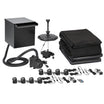
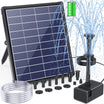
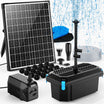
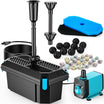
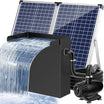
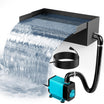

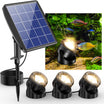
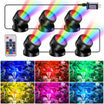

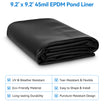
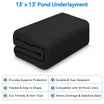

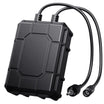
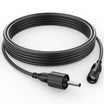

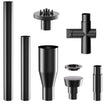
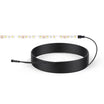
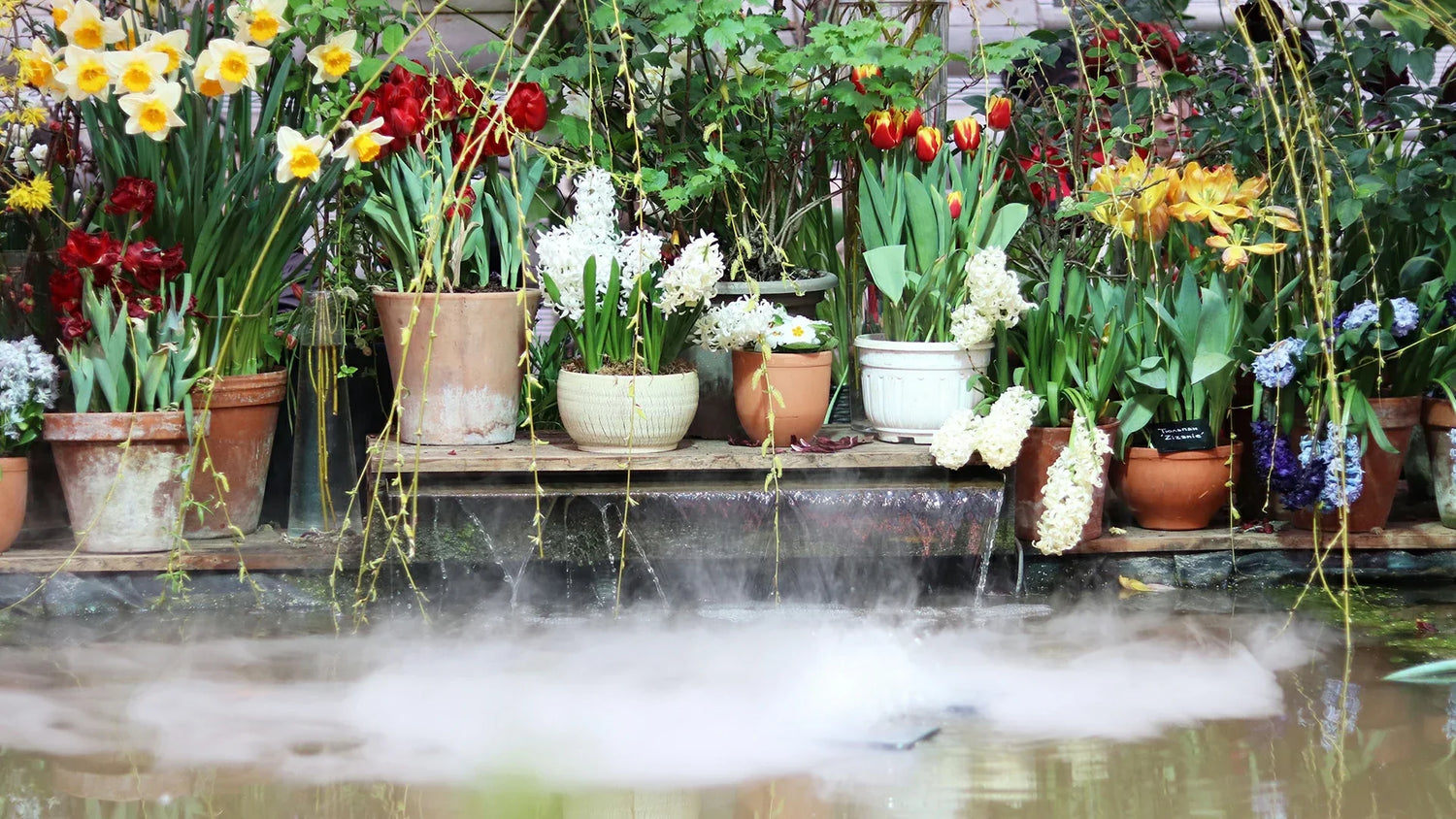
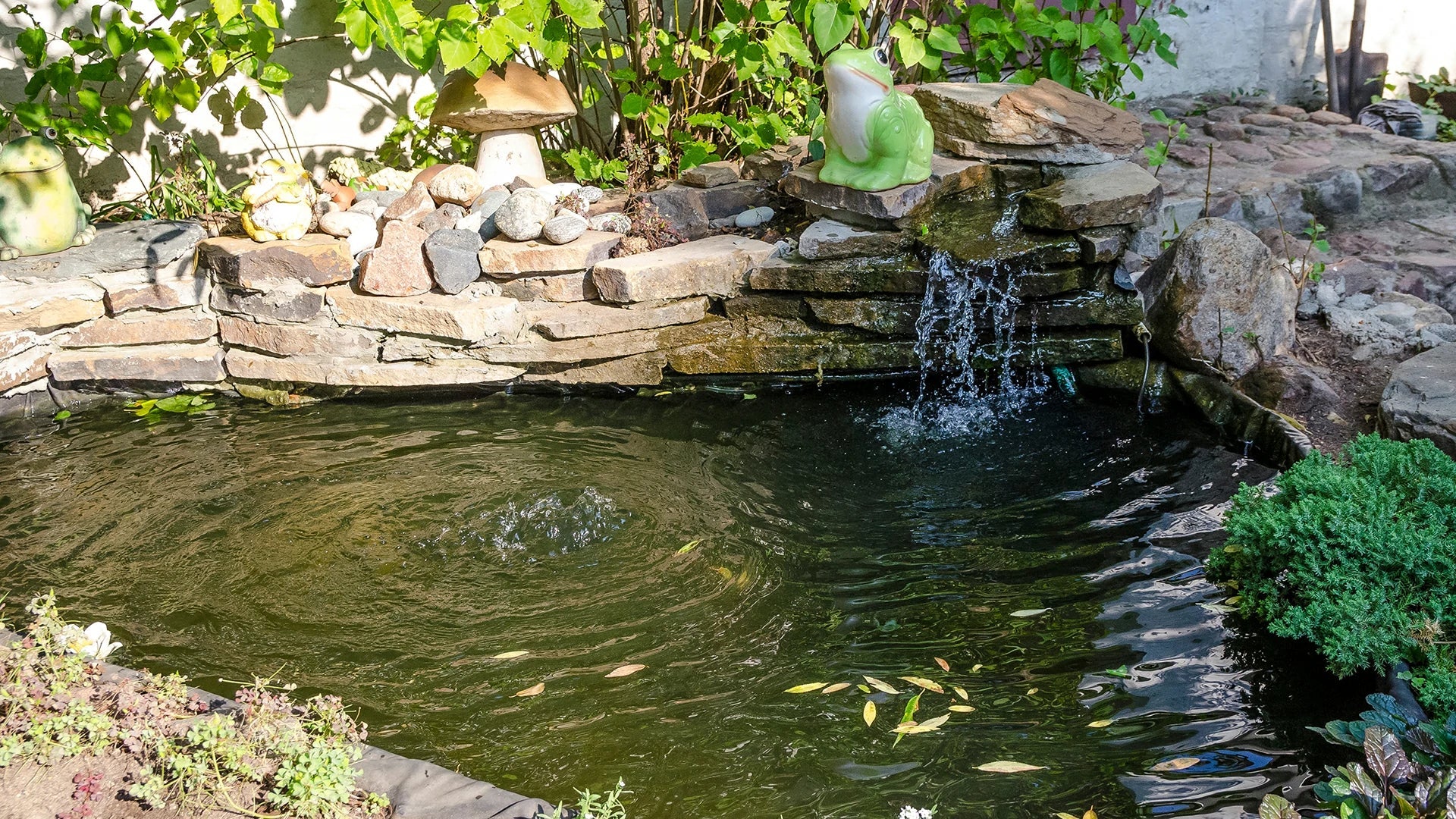
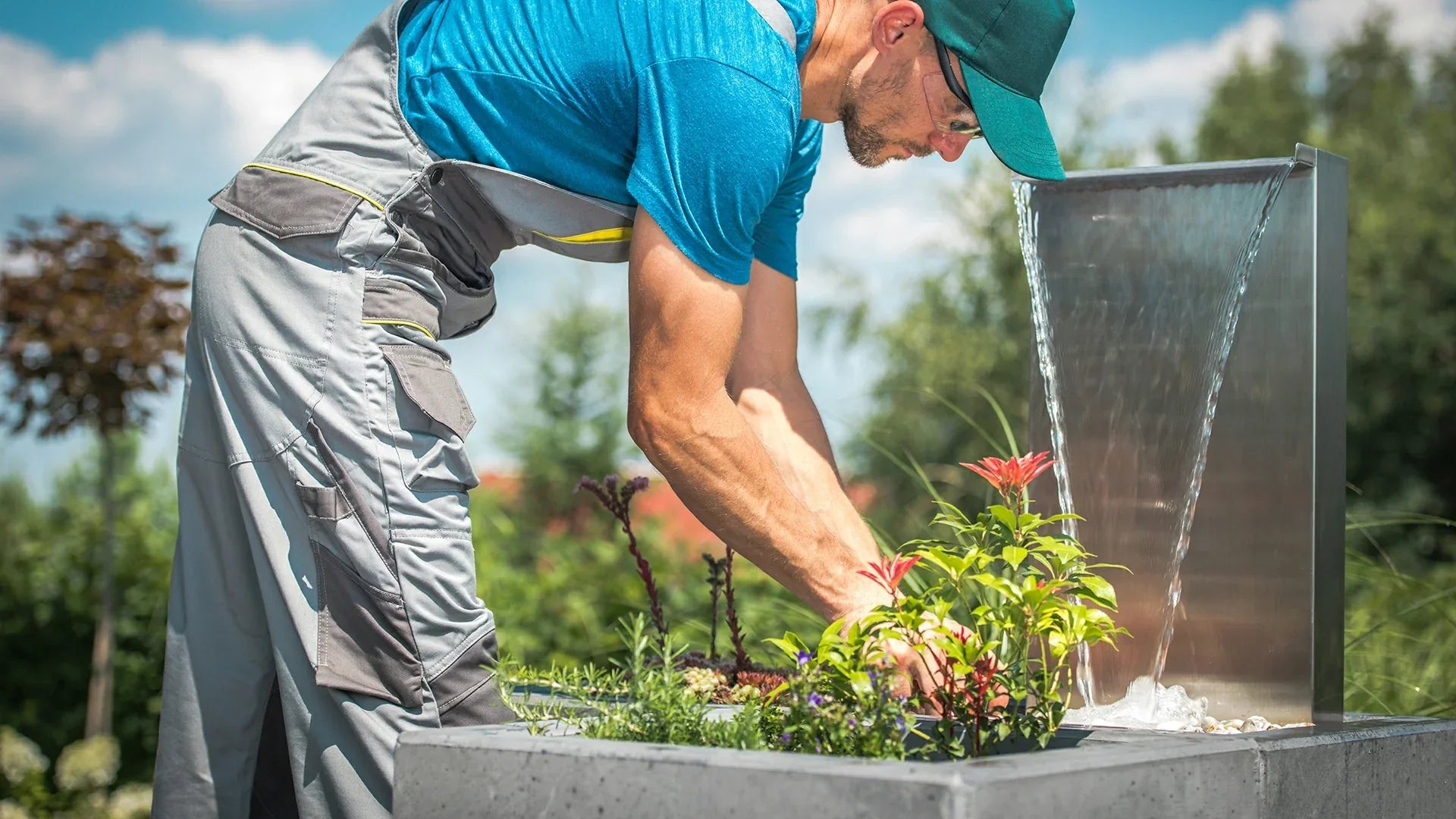
Hinterlasse einen Kommentar
Alle Kommentare werden vor der Veröffentlichung geprüft.
Diese Website ist durch hCaptcha geschützt und es gelten die allgemeinen Geschäftsbedingungen und Datenschutzbestimmungen von hCaptcha.